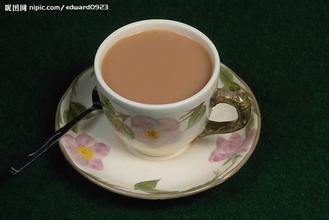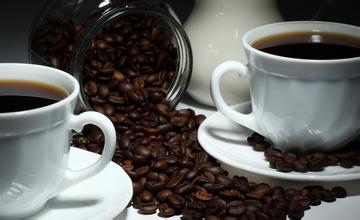Introduction to the origin and taste of American coffee with sugar or not
Introduction to the origin and taste of American coffee with sugar or not
When a cup of coffee is brought to you, don't rush to drink it. There should be a gradual process like tea or wine tasting, so as to achieve the goal of relaxation, refreshing and enjoyment.
The first step is to smell the fragrance and taste the strong aroma of coffee.
The second step is to look at the color. The coffee had better be dark brown, not dark and bottomless.
The third step, taste, first drink a sip of black coffee, feel the taste of the original coffee, coffee entrance should be some sweet, slightly bitter, slightly sour not astringent. Then taste it in small mouthfuls, do not rush to swallow the coffee, but temporarily contain it in your mouth, let the coffee and saliva mix with the air, and then swallow it.
Temperature:
The best temperature for drink coffee is 85 to 88 degrees Celsius. Because the texture of ordinary coffee is not stable, it is best to taste it while it is hot. In order not to reduce the taste of the coffee, soak the coffee cup in boiling water beforehand. The appropriate temperature for coffee is 83 degrees Celsius at the moment of brewing, 80 degrees Celsius when poured into the cup, and 61 to 62 degrees Celsius when it is in the mouth.
Generally speaking, tasting the coffee served by your host while it is hot is also the basic etiquette of drinking coffee. If a cup of high-quality coffee, after cooling, in addition to the aroma will be reduced, the taste performance is consistent with the hot, or even better.
Taste:
Coffee beans contain about 5% to 8% sugar, most of which are converted to caramel after baking, which is the source of aroma and bitterness, leaving a little sweetness in the unconverted sugar; when baked, tannins are released and combined with caramel to produce a slightly bitter sweetness. Therefore, people's taste of coffee is generally bitter, sour, sweet, fragrant and astringent.

Important Notice :
前街咖啡 FrontStreet Coffee has moved to new addredd:
FrontStreet Coffee Address: 315,Donghua East Road,GuangZhou
Tel:020 38364473
- Prev

The chemical composition of coffee
Main chemical composition of raw coffee beans: content (%) carbohydrate 60.0 reducing sugar 1.0 sucrose 7.0 pectin 2.0 starch 10.0 garrison 5.0 hemicellulose 15.0 holocellulose 18.0 lignin 2.0 aroma: aroma is the life of coffee quality, but also the best performance of coffee production process and baking technology, climate, elevation, variety, refinement
- Next

Introduction to the Flavor description method of Yunnan Tieka Coffee Bean Grinding scale planting Environment
Yunnan Tieka coffee beans flavor description treatment method grinding scale planting environment China's coffee cultivation is concentrated in Yunnan Province and Hainan Province, Yunnan has a large output, with an annual output of about 26000 tons in recent years, accounting for 90% of the national output. It is said that Yunnan coffee came from the French 70 or 80 years ago. The main variety is Arabica Arabica, the so-called small seed coffee, commonly known as Yun in China.
Related
- Beginners will see the "Coffee pull flower" guide!
- What is the difference between ice blog purified milk and ordinary milk coffee?
- Why is the Philippines the largest producer of crops in Liberia?
- For coffee extraction, should the fine powder be retained?
- How does extracted espresso fill pressed powder? How much strength does it take to press the powder?
- How to make jasmine cold extract coffee? Is the jasmine + latte good?
- Will this little toy really make the coffee taste better? How does Lily Drip affect coffee extraction?
- Will the action of slapping the filter cup also affect coffee extraction?
- What's the difference between powder-to-water ratio and powder-to-liquid ratio?
- What is the Ethiopian local species? What does it have to do with Heirloom native species?

